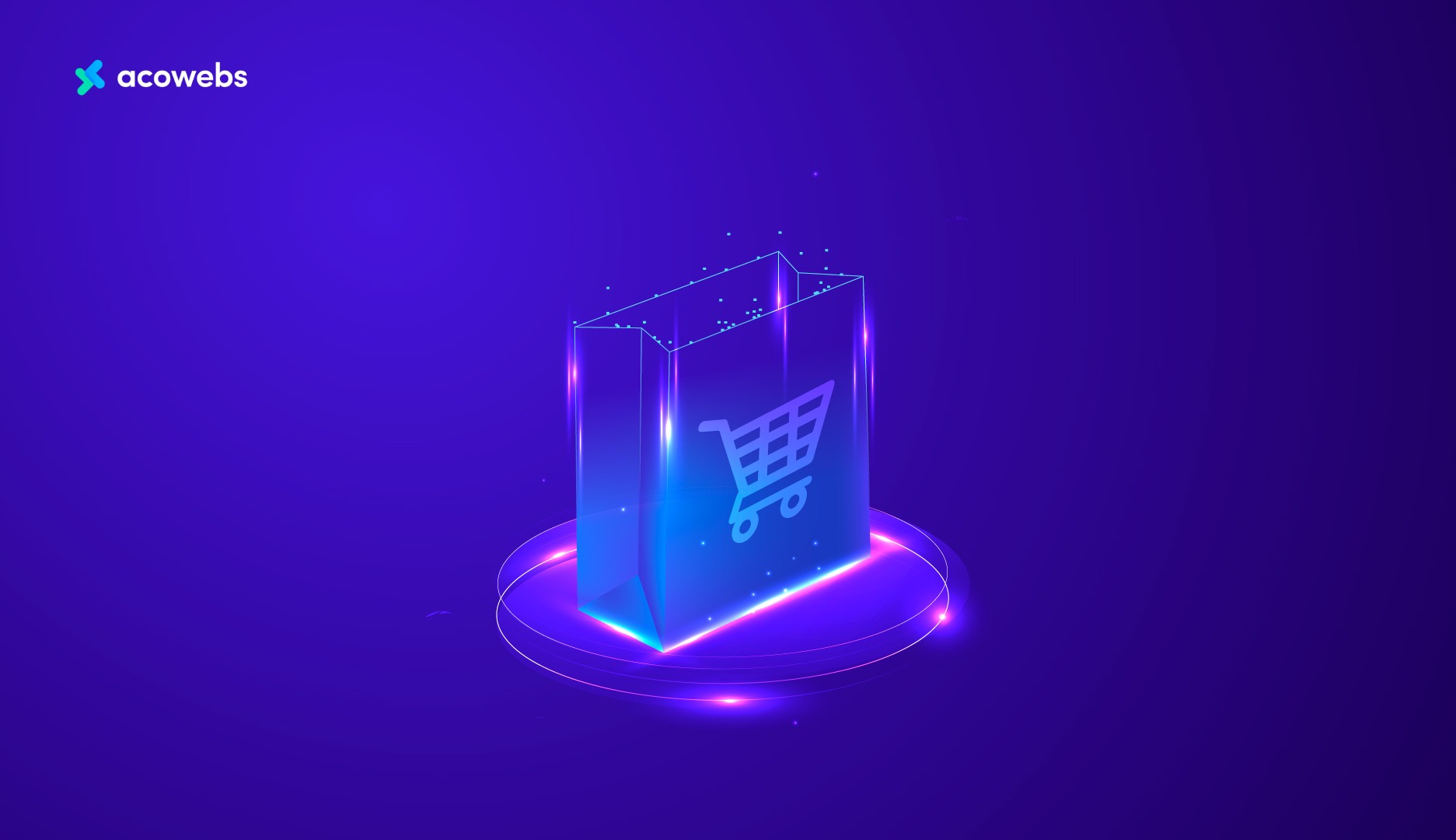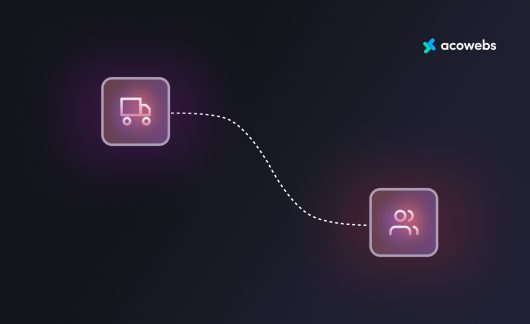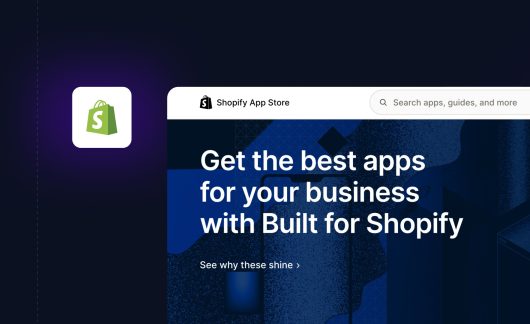The emergence of zero-click eCommerce is a paradigm shift where consumers can complete the entire purchase without moving through the traditional, often clunky, website.
This evolution is backed by technologies like voice interaction, artificial intelligence, and personalized digital experience. Adaptability to this change is very important for eCommerce to continue prospering.
Understanding zero-click buying will be instrumental in strategizing future steps to grow market share for eCommerce firms. This article will walk you through zero-click eCommerce and provide actionable steps to prepare your store for the new age it ushers in.
Understanding Zero-Click eCommerce
Zero-click eCommerce refers to the possibility of buying products directly via channels that do not require users to navigate to a traditional website. This may include voice assistants, smart devices, or social media that have built-in shopping capabilities.

The conventional consumer path is being revolutionized as more consumers depend more on voice commands and automation. Convenience is at the heart of this evolution, reflecting a wider orientation toward personalized gratification and instant fulfillment.
By 2025, consumer expenditure on smart home goods and services is expected to reach over $170 billion. It is anticipated that more than 400 million smart home systems will be installed in homes worldwide by that time.
In order to ensure smooth integration with these platforms and optimize for voice queries, organizations need to reconsider their marketing and sales strategies. Enabling transactions within the user’s existing digital environment has become more important than increasing website traffic.
Optimizing for Voice Search and Voice Commerce
In order to make the store voice-friendly, the product information must be optimized in a manner of natural speech by consumers. Voice searches are far more conversational and specific compared to conventional text searches.
Instead of searching for “running shoes” over the search engine, a voice user may ask something like, “Alexa, tell me the best running shoes for flat feet.” Businesses should put their efforts into long-tail keywords that embody human speech behaviors.
The brand might want to use such longer phrases as “top running shoes for flat feet with arch support” to maximize the likelihood of Alexa recommending that brand. This is consistent with the way users would normally phrase their questions.
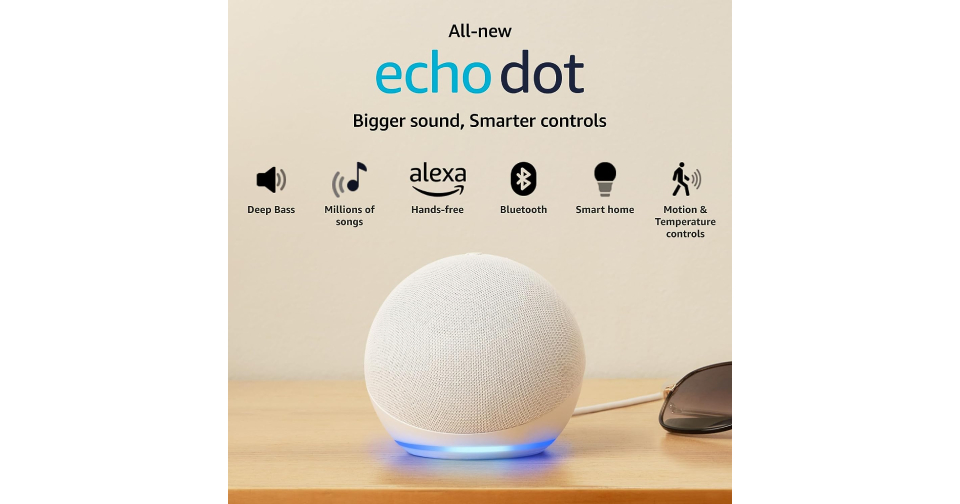
Why Product Details Matter
Voice assistants rely on accurate product descriptions to give useful answers. Using structured data markup such as schema.org helps search engines and voice assistants understand your products better.
This ensures that when a customer asks a voice assistant about a product, they get key details like price, availability, and features in a clear response.
To enable direct purchases via voice, you should ensure:
- Your product catalog is compatible with these platforms.
- The checkout process is smooth and voice-friendly.
- Features like voice-based order tracking and customer support are available for a seamless experience.
Leveraging Smart Devices and IoT in Zero-Click Buying
The Internet of Things (IoT) has changed the way people shop. It has made purchases happen automatically without needing to click anything.
Companies are using IoT to make their products more convenient for customers while at the same time ensuring regular sales.
Amazon’s Dash Replenishment Service (DRS) is integrated into Nespresso coffee machines. Some smart coffee makers can even automatically reorder coffee pods when they run low. This means that the clients never have to fear scaling down.
Samsung’s Family Hub refrigerators are another example. These smart fridges are interfaced by the touch screen and automatically signed to stores like Amazon Grocery and Walmart. With this approach, a consumer orders groceries from the fridge, making shopping easy.

These integrations require firms to create APIs and secure data exchanges that allow eCommerce platforms to communicate with smart devices. This involves:
- Real-time stock-level tracking.
- Automatic reorders on low inventory.
- Secure and efficient transaction processing.
When done right, these integrations create an excellent experience for the user that develops brand loyalty as customers know that, through an automated system, their favorite product will always be available.
Artificial Intelligence and Machine Learning Smartening Up Online Shopping
Have you noticed that online stores seem to know what you want? That is made possible by Artificial Intelligence (AI) and Machine Learning (ML).
These smart technologies give marketers insight into customer wants. This model facilitates quicker, easier, and more personalized shopping experiences.
1. Smart Product Recommendations
AI sees what you buy, what you search for, when you shop, and all that. Then it starts recommending products you might want – it’s like a friend who knows what your favorite snacks are and tells you when they’re on sale!
If, for example, you regularly buy sportswear, an online store will start showing you discounts on running shoes or gym clothes. AI also takes into account factors such as your location and the time of year. If the winter season is coming, you may see recommendations for jackets or boots.
2. Shopping Without Searching
Instead of typing what you need into a search bar, AI can listen and respond to voice commands. Virtual assistants like Amazon Alexa and Google Assistant can help you shop by answering questions like, “What’s the best deal on sneakers today?”
For example:
- Amazon Alexa: If you ask Alexa to order toothpaste, it doesn’t just pick any brand. It looks at what you’ve bought before, compares prices, and suggests the best option. If there’s a deal on a bigger pack, it might be recommended to save you money.
- Google Assistant: If you ask for a good pizza place nearby, Google Assistant uses AI to check customer reviews, location, and even current wait times to suggest the best option.
3. Predicting What You’ll Need Next
AI is also useful in predicting future requirements. For instance, if you constantly buy a new school backpack every August, AI will inform you about the need to purchase one in time or even provide a discount just before the school year starts.
AI is used by Walmart and Target to forecast demand and stock based on that. For example, if AI notices a large number of umbrella purchases in a particular city due to rain, that would trigger retailers to ramp up umbrella restocking in that area so as not to run out.
Social Media Commerce and Zero-Click Buying
Using social media for zero-click eCommerce enables shoppers to buy products from any of their feeds and finish their shopping without leaving the app.
From a tap on an Instagram post to another tap to make an instant purchase, the embedded shopping features of platforms like Instagram, TikTok, and Facebook make for an easy and fast shopping experience.
- Instagram Shopping: Imagine scrolling through Instagram and seeing a pair of sneakers you really want. If the brand has an Instagram Shop, you can tap to see the product, check the price, and buy it without even leaving Instagram!
- TikTok Shopping: Big influencers host live TikTok shopping events to showcase products in real-time. Viewers can ask questions, watch product demonstrations, and buy as they go. A fun shopping experience that never feels boring is created through this shopping model.
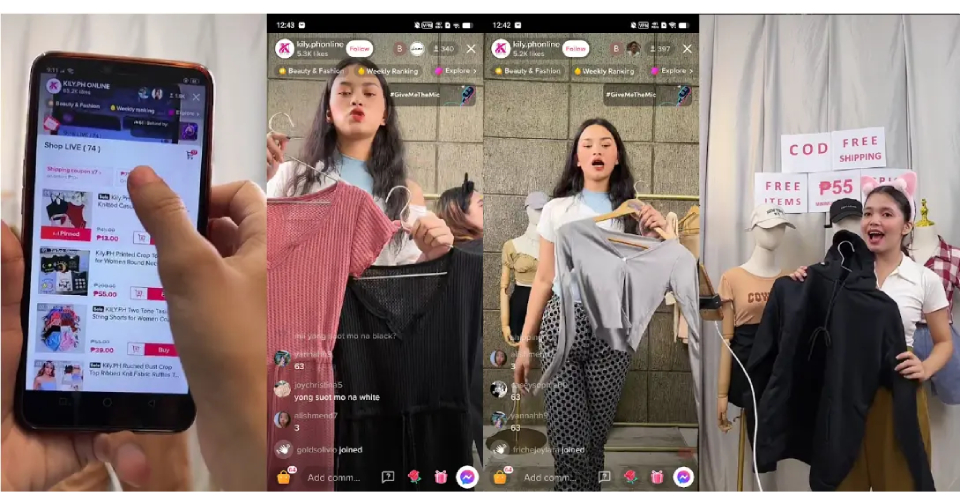
1. Conversational commerce
With the rise of messaging apps, you can chat with businesses through WhatsApp, Facebook Messenger, and even WeChat for storewide shopping.
The platforms then get powered by AI chatbots to answer questions, make recommendations, and complete a purchase in the chat.
For instance, a chatbot responding instantly tells you if a clothing brand you just messaged on WhatsApp, “Do you have this shirt in blue?” has it in stock, allowing you to complete your purchase right there and then, all in your chat.
2. Integrated payment solutions
Payment systems such as Apple Pay, Google Pay, and PayPal have made online shopping much easier than before and added a layer of security.
These systems are incorporated into many social media apps, so with a simple tap on a button, users can purchase through the app and complete payment. Forget about entering card information; just approve the payment, and that’s it!
For businesses, incorporating these systems into their platforms will create a trickle-down effect by providing checkout ease. This kind of uncomplicated payment is bound to lower cart abandonment and increase sales.
Further, as digital wallets keep on evolving, their incorporation would ensure that their operations stay updated with the latest technologies that are applied for the easy facilitation of transactions amongst customers.
3. User-Generated Content and Social Proof
Customers trust real people more than advertisements. Thus, organizations encourage users to take pictures videos, and write reviews of their purchases. Seeing someone else rocking a nice outfit or using a fresh gadget builds confidence in the product.
Instagram and TikTok provide users with the means to tag brands in posts more easily than in other social media. Some brands even promote customer content in their online shops. Reviews, testimonials, and influencer collaborations all work as social proof, facilitating even easier one-click purchasing.
Streamlining Checkout with One-Click and Auto-Reordering
As eCommerce ventures head towards zero-click purchases, it is right for businesses to focus on fewer bottlenecks to create the smoothest purchasing journey.
1. One-Click Purchase
eCommerce players like Amazon have set the standard for one-click purchasing: efficient one-purchase click functionality that negates the need for repeated actions. The repeated actions include entering credit card payment details or recording address and billing information.
Retaining payment credentials and customer preferences allows businesses to mimic this process by ensuring fast and smooth checkouts.
Such processes lower the cart abandonment rate while encouraging impulse buying by eliminating the very long checkout processes.
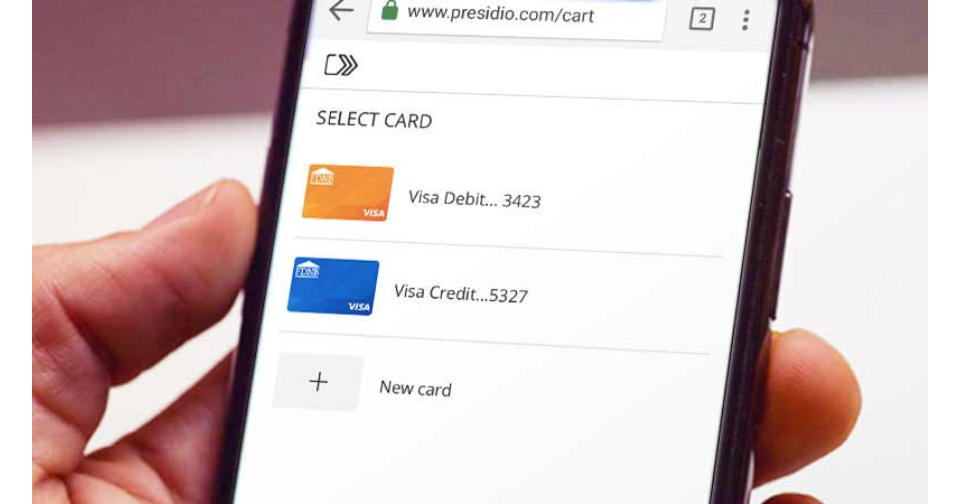
2. Auto-Replenishment and Subscription Services
Auto-replenishment and subscription services allow for an almost seamless experience for frequently replenished goods.
Customers set scheduled deliveries, ensuring the availability of vital goods with little need to reorder. This works especially well for staples such as food, pet supplies, personal care items, and household goods.
By providing convenience, subscription-based services create customer satisfaction and elevate customer lifetime value and brand loyalty.
Companies employing automatic reordering models not only create a predictable stream of sales but also reduce the risk of losing customers to competition.
3. Biometric Authentication for Secure Transactions
While speed and convenience are vital aspects of modern eCommerce, security will always be an issue of importance.
In order to secure one-click purchases, businesses should add biometric authentication mechanisms such as fingerprints, facial recognition, and voice identification to the analysis.
These technologies add layers of assurance that such transactions can be authorized only by the rightful owner of the account.
Benefits of Zero-click eCommerce
1. Greater Convenience and Speed
Zero-click shopping eliminates unnecessary steps in the transactional process, and customers can complete any transaction simply.
Voice commands, automated re-orderings, and social commerce allow customers to buy products without even visiting what may be considered a traditional website.
2. Higher Sales and Conversion Rates
Where there is less friction in checkout, there is minimal cart abandonment. Features such as one-click purchasing or voice commerce allow the impulse purchasing of a product and, consequently, more sales for any business.
With zero-click eCommerce, there are also higher chances of completing purchases and not manually entering payment and shipping details.
3. Improved Customer Retention and Loyalty
Automated replenishment and subscription services provide a seamless shopping experience for consumers that builds loyalty. Customers get the peace of mind of never running out of an essential product because of recurrent deliveries.
4. Personalized Shopping Experience
Utilizing AI and machine learning enables businesses to serve up personalized product recommendations based on customer behavior, preferences, and past purchases.
The personalization results in improved customer satisfaction, contributing to repeat purchases. Voice assistants and chatbots also provide personalized shopping suggestions, making the experience more intuitive.
5. Better Inventory Management
Introducing IoT and AI-driven analytics allows businesses to monitor stock levels in real time and predict demand.
Automated orders keep popular items on hand, minimize lost sales, and might even improve supply chain efficiency.
6. Improved Security with Biometric Authentication
Biometric authentication features, like fingerprint or facial recognition, significantly increase transaction security levels. Such technologies are the ones you want in place to cut down fraud and unauthorized purchases while not slowing the benefit of zero-click purchases.
Disadvantages of Zero-Click eCommerce
1. Privacy and Data Security Issues
With an absolute need for data, such as voice commands, purchase history, and biometric authentication, consumers know that all this data adds better value for them but raises major questions in privacy issues.
This situation would very possibly make the average Joe weary of how far the information about him is kept and used, with the fear now of cyber threats and breaches of data.
2. Less Control Over Purchases
When a buyer places an order and a merchant’s internal recommendation engine does the work of customization through purchasing orders and automatic replenishment, the consumer ends up losing control of the buying decisions.
When left unchecked, auto-replenishment offers run a risk of unintentionally imposing a purchase on suppliers. In addition, with AI constantly feeding what it considers best to the consumer, buying little independent items may just dilute into meaningless bias from the consumer side.
3. Errors in Automated Systems
Purchase orders that should have never been processed may sometimes be generated by replenishment and voice-activated orders.
For instance, one’s house may call a wrongly strung phrase and cease tendencies for manually typed orders. Even when an AI-directed recommendation is given, it may incur further disgust with the consumer, emphasizing the point.
4. Difficulties in Customer Service and Returns
Because zero-click transactions tend to occur quickly and sometimes run the risk of being automatic, returning products or disputing an order can become more difficult.
Thus, the entire burden on organizations remains to facilitate clear returns and provide customer support precisely to solve problems relating to mistaken products or defective orders.
5. Increased Competition and Market Saturation
Zero-click eCommerce is proliferating; with multiple firms now adopting the concept of zero-click, competition keeps intensifying. In any discussions of how zero-click would benefit a particular market segment, it’s important to point out that larger corporations have deeper pools of AI.
In addition, consumer data would likely hold the position of strength and finally crowd the smaller competitors out.
6. Diminished Impulse Buying and Discovery
While convenience is a core benefit, zero-click eCommerce can stifle impulse purchases and the joy of discovering new products.
By automating purchases based on existing data, consumers are less likely to browse, explore, and be surprised by items they might not have initially considered.
This can lead to a more monotonous and less engaging shopping experience, potentially hurting sales of novel or niche products.
Conclusion
The emergence of zero-click eCommerce is a mark of the major shifts between consumers and how they interact with brands and affect purchases.
It is now important to optimize for voice search, enhance with smart devices, improve personalized experiences, and assist safe transactions to evolve the business into the new phase.
The switch to purchasing that needs no clicks is by any means just a trend; this switch is monumental. Welcoming this change while putting in place strategies for it would be prime for the business to stay relevant and meet expectations from changing consumers.
It called for a change to happen proactively through the taking of new technologies, whereby the customer is assured of comfort and security. Businesses must welcome the change while strategizing in order not to lose out on opportunities in zero-click buying.
Acowebs are the developers of Woocommerce Custom Product Addons which is a optimized, lightweight, and fruitful plugin that is simply the best to add extra product options using its custom form builder easily. WooCommerce custom fields also comes with drag and drop form builder, 22+ field types and custom price formula and wordpress offload media plugin helps you copy files from your media folder to cloud services like Amazon S3, Cloudflare S2, Digital Ocean, Google Cloud and more












 Login
Login
 Cart
Cart